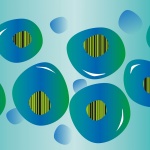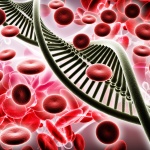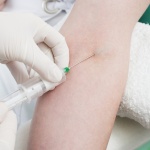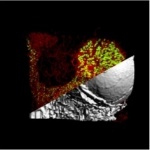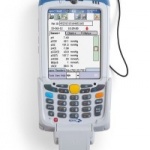
News • Circulation
Can height increase risk for blood clots in veins?
The taller you are, the more likely you may be to develop blood clots in the veins, according to new research in the American Heart Association journal Circulation: Cardiovascular Genetics.




